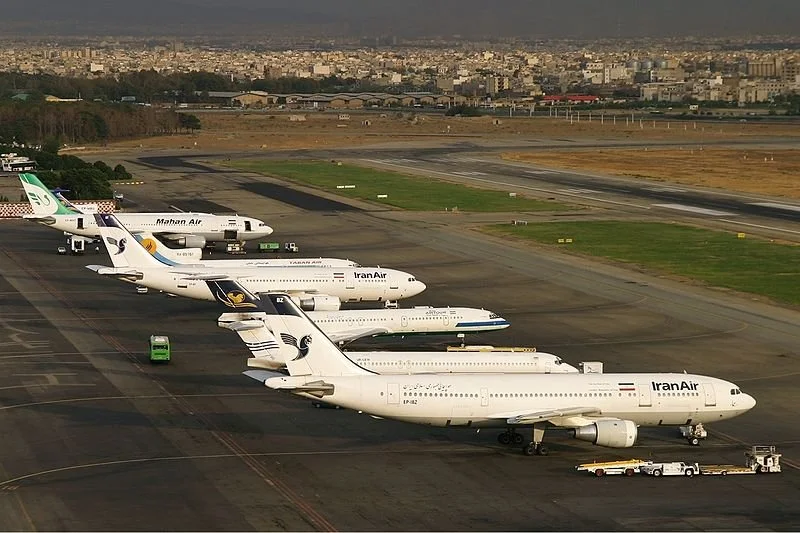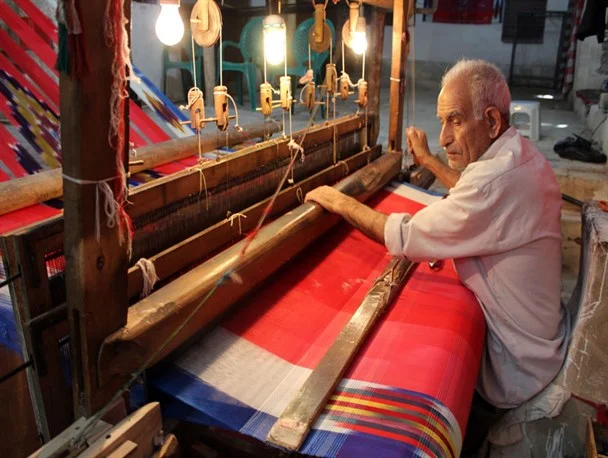Industry Spotlight: Airlines (2024)
/By Brooke Lowe, Research Associate
On May 19th, 2024, a helicopter crash resulted in the death of Iran’s President Ebrahim Raisi and several other Iranian officials. Whilst the crash has been attributed to bad weather conditions, several other factors, such as outdated aircrafts and difficulty obtaining necessary airline parts due to sanctions, must be considered as potentially contributing to the crash. The aircraft that carried Raisi was outdated and its model had not been in production since 1998.
Between 1960 and 2024, there have been 217 plane crashes in Iran. According to the Bureau of Aircraft Accident Archives, plane crashes in Iran have killed more than 2,000 people between the years 1979 and 2023. A significant number of crashes involved older aircraft, particularly those from the Russian fleet. Sanctions and difficulties in procuring spare parts have contributed to maintenance challenges and affected safety, which will be discussed below in this Industry Spotlight.
Read More




















